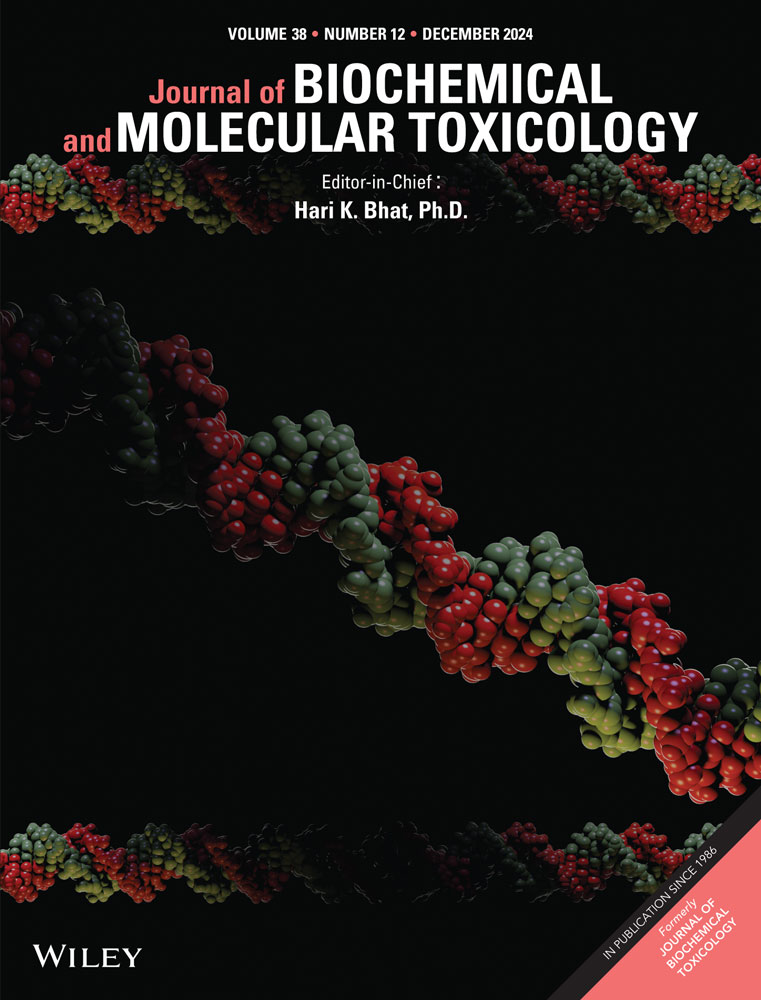Model Systems of Chronic Kidney Disease: A Detailed Overview and Recent Advances
Abstract
Experimental model systems, especially animal models, are indispensable tools to study human diseases and to develop new therapeutics. Chronic kidney disease (CKD) is a major global health problem having significantly higher rate of morbidity and mortality. In a pursuit to enhance our understanding of the pathophysiology of CKD and to develop effective treatments, three main model systems, namely In Vivo, In Vitro, and computational, are commonly employed. Each of these models has its own advantages and disadvantages, and despite some limitations, each model has provided valuable insights into CKD progression and the effect of therapeutic interventions. The emergence of organotypic models, such as iPSC-derived kidney organoids and tubuloids, offers physiologically relevant In Vitro systems that more accurately mimic the human kidney development and disease. With the advent of artificial intelligence (AI), a new and potent fourth model is in the making that is expected to revolutionize the management of complex human diseases. Our discussion in this review will mainly revolve around the three major model systems of CKD; In Vivo, In Vitro organotypic, and the computational model with a brief discussion on the AI model. By comprehensively evaluating these model systems, this review aims to provide a foundation for future CKD research and clinical practice.

 求助内容:
求助内容: 应助结果提醒方式:
应助结果提醒方式:


